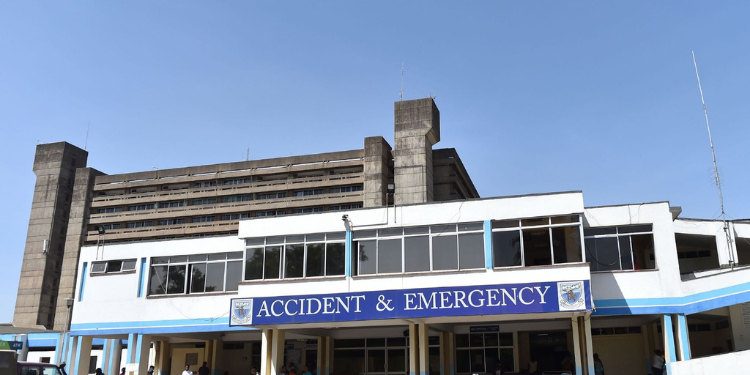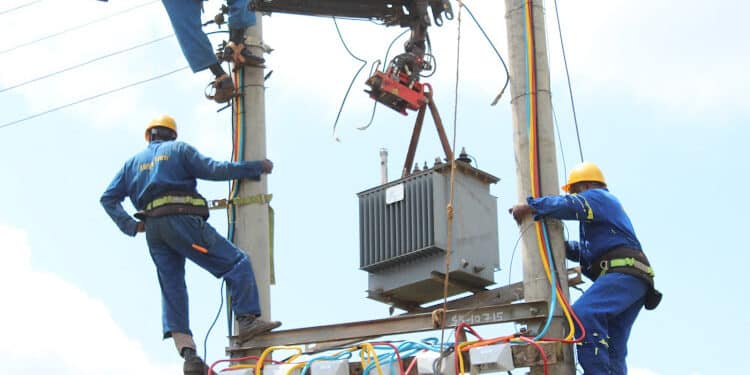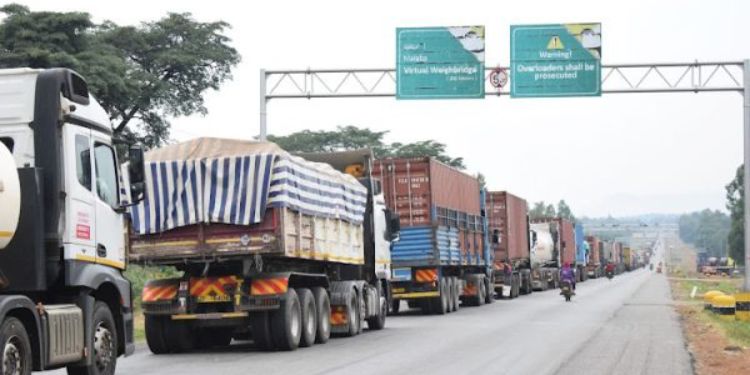The government plans to have long-distance trucks fitted with telematics trackers in the driver’s cabin to boost road safety.
A telematics system captures and transmits data about a vehicle’s location, speed, and performance.
Transport Cabinet Secretary, Davis Chirchir, on Thursday, August 14, told the National Assembly Committee on Transport and Infrastructure that there are situations where drivers are on the roads for more hours than would otherwise be required, a situation which causes extreme fatigue.
“We have situations where the drivers are driving more hours than would otherwise be the case, and we want to employ telematics so that most of the trucks will have an observation system within the drivers’ cabin,” he told the committee.
Features of the telematics system
Telematics technology will combine GPS tracking, dashboard cameras, and driver behaviour analytics to monitor vehicles in real time.
Systems will be embedded in truck cabins to capture data such as speed, braking patterns, and driver alertness
How the Telematics System Works
The system integrates telecommunications and informatics to remotely monitor and manage vehicles.
Data collected is transmitted to a central platform where the National Transport and Safety Authority and fleet managers can analyse driver performance, enforce safety regulations, and guide corrective training.
Key components of the system include:
- Dashboard Cameras (Dash Cams): Record the road and driver’s behaviour for monitoring and incident evidence.
- Alcohol-Detection Ignition Systems: Prevent the vehicle from starting if alcohol is detected in the driver’s breath.
- Driver Behaviour Monitoring: Tracks speed, braking patterns, and fatigue indicators such as erratic steering or prolonged driving.
Also Read: How to Book NTSA Inspection for Government PSVs and Commercial Vehicles
- Automatic Safety Response: Advanced vehicles can detect when a driver loses control and automatically pulls over.
- Data Transmission: Sends all monitoring data to NTSA and fleet management systems for analysis and enforcement.
“The vehicles will detect that the driver is no longer in control and therefore break down and go to the side of the road,” Kelly added.
Safety Impact and Road Safety Action Plan
The telematics rollout is part of the 2024–2028 Road Safety Action Plan, which also includes:
- Installation of speed cameras linked to insurance renewals.
- Mandatory inspections for private vehicles.
- Upgrading high-risk road sections with signage and safety features.
Also Read: NTSA Introduces New Traffic Rules for School Buses, Matatus and Trucks
The NTSA expects the technology to be particularly beneficial for long-haul truck drivers, who often work extended hours without rest.
By monitoring fatigue and enforcing rest breaks, the system aims to reduce the number of accidents on major highways.
Follow our WhatsApp Channel and X Account for real-time news updates












































































